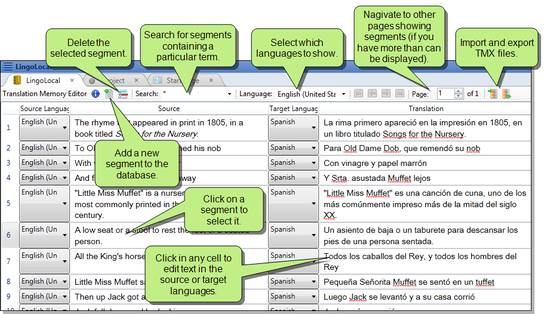Leveraging a Translation Memory
Medical Pharmaceutical Translations • Jun 2, 2014 12:00:00 AM

A translation memory (TM) application is essentially a database that is designed to memorize translations as they are created and thus develop the capacity for a translator to leverage previously translated text over time. There are cost savings to be realized by end-clients (as normally they receive a deep discount on previously translated copy that is a match) but more importantly, there are consistency and concordance gains that allow for the creation of a branded sort of vocabulary that remains consistent over time and throughout projects. (By branded, we refer to preferred vocabulary almost the way advertising agencies refer to logos, fonts and taglines.)
These applications generally work by analyzing a source document and identifying repetitive language throughout a text. As a translator works through a text, the database collects their translations and stores them to be used in any other applicable locations (or projects). Unlike machine translation, TM applications are based on the human translator’s work and simply “remember” the choices they have made.
The benefit over time of using a translation memory is that translations can ultimately be completed more quickly, at less cost and with improved quality. The reduction in cost is determined by how large the memory is and thus how much copy can be picked up from previous translations. A new translation memory takes time to develop its true value. Consistency in translators and adherence to the maintenance integrity of the TM is critical to preserve and develop the asset.
The increase in quality afforded by a translation memory can be seen in consistency and also in preventing omissions (missing text or sections that need to be translated). The translation memory calls the attention of the translator to each segment of text and thus it provides a second layer of quality control.
The investment in a powerful translation memory application is expensive and so is the time required for a translator to learn to use it. A TM also requires that a human check each segment and proactively maintain the database. As such, while the time savings and quality improvements are directly passed on to the end-client, the cost savings are normally split between the translator and the end client. The standard in the industry is to provide a discount on the per word rates; the more closely matched, the less expensive the word.
To learn more about how we can develop a translation memory for you, contact me via email.
Molly Naughton
#translationmemorymanagement #translationmemory #humantranslators #languagetranslation #TMs #aiatranslations
